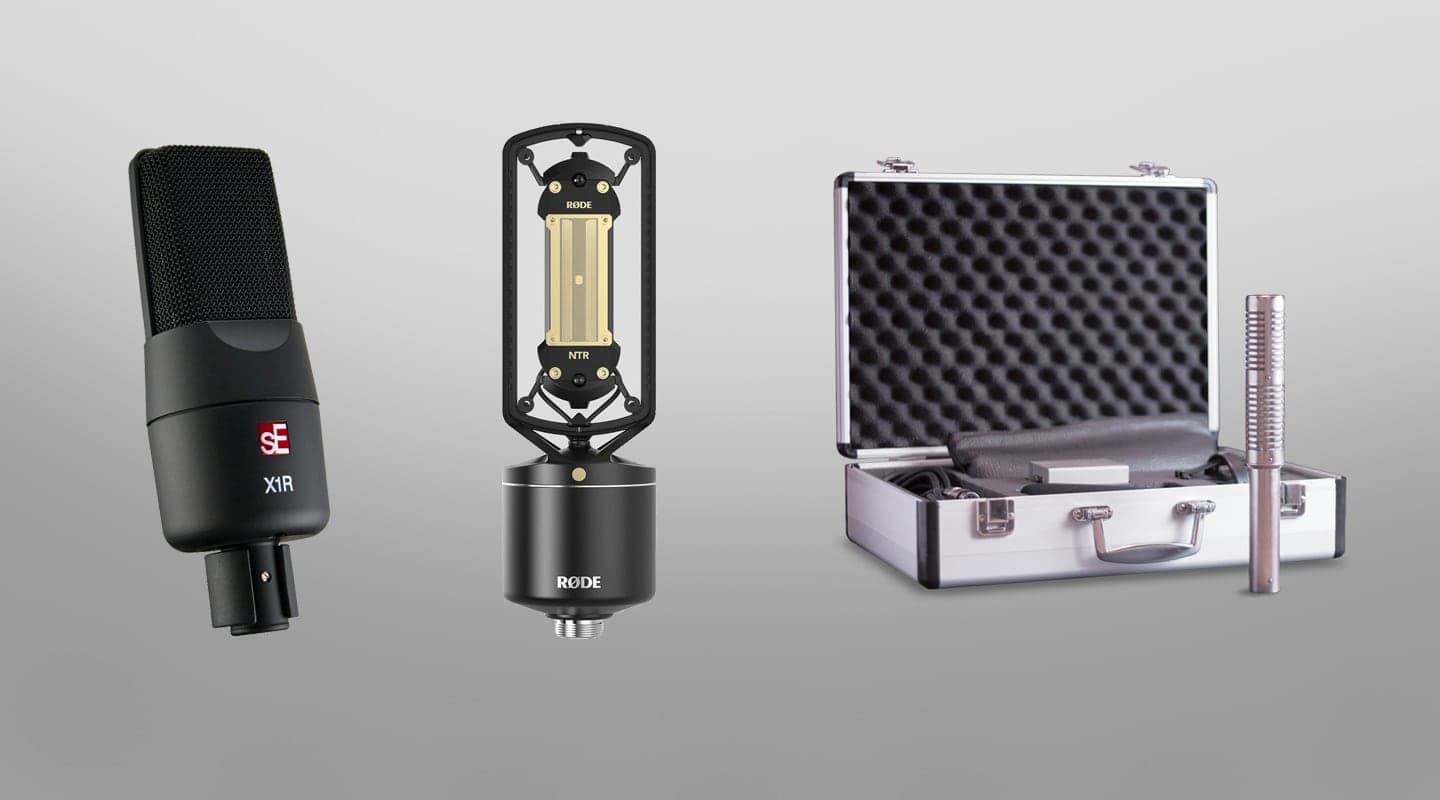
Ribbon Mic Review: Rode NTR, Nude Stereo Ribbon & sE X1R
We’ve got ribbons coming out our ears at AT HQ. None more exciting than Rode’s first ribbon, the high-output NTR.
Review: Christopher Holder
Ribbon mics have steadily been making a comeback into popular recording ever since David Royer released the R121 in 1998. It wasn’t that people didn’t have Coles 4038s on hand, had forgotten about the Beyer M160, or weren’t lusting after museum-quality RCA 44s. It was just that everyone was caught up in the Chinese condenser craze, and no one was really pushing the ribbon bandwagon. But then Chinese-made ribbons started doing for ribbon mics what it had done for condensers; made them so cheap, and sounded ‘good enough’, they were getting bought by group-buy container-loads.
There were a number of different designs that started to pop up. The same ribbed silver stick popularised by B&O back in the day that inspired the R121 — just not as rigorously built, and without the offset ribbon — was easily cloned. And there were plenty of others squeezed into condenser microphone-looking bodies, with longer head baskets, or shorter ribbons to compensate.
Eventually some of the major manufacturers started to get into the game. Shure bought Crowley & Tripp for its hardy Roswellite ribbon material, Audio-Technica dropped its own ribbons, and sE put out its Voodoo line of ribbons, as well as developing one as part of its Rupert Neve collaboration.
Slightly slower to the fray was Rode, but it hasn’t stopped the Australian company putting a lot of emphasis on its ability to design something unique. Last issue Greg Walker took the AEA Nuvo N22 ribbon for a spin, so I thought it would be fun to pit it against the new Rode NTR, as well as a couple of other different ribbon offerings, to provide a useful cross section of the market. The other two mics on hand were the Chinese-made SF12-style stereo ribbons that Hugh Covill handpicks under the Nude Microphone name; and one of the cheapest brand-name ribbon microphones on the market, sE’s X1R. So how long is a piece of ribbon?
PREAMP PRE-EMPTED
Where the NTR really shines is the combination of its active circuitry with that whopping transformer to provide oodles of gain with very little noise. The output level is wholly un-ribbon-like. If you come to the Rode NTR expecting to have to pony up for a preamp with 70dB of ultra-clean gain for any quieter sources — a la a conventional ribbon design — think again. The NTR’s output is similar to what you might expect from a condenser microphone; you’ll be padding more than you’ll be struggling for gain.
In real terms, it was about 20dB of difference in gain settings between all the other ribbons I was testing and the Rode. And with only 15dBA SPL of self noise, it’s whisper quiet on any low level source.
By comparison, the other mics didn’t fair too well in the noise test. The AEA N22 was probably the noisiest of the lot, but also the most tonally varied. It didn’t have the round full bottom of the Rode. In fact, the N22 didn’t have much bottom at all — you have to get the newer N8 model for that — it sounded like it was shelved down 3-4dB below 100Hz. It did have a more pronounced upper mid range though (up almost 6dB at about 3kHz) compared to the Rode, which gave it more presence on vocals, and brought out more of the snare rattle when used as a mono front-of-kit mic.
NEED TO KNOW
It wasn’t necessarily easy to replicate the AEA’s sonic signature with EQ though. Pitched as a very particular tone for the singer/songwriter crowd, eager to try something different on vocals, it hits the mark. Though not an all-rounder, it’s definitely unique.
Anyway, back to the NTR. Rode has been gradually leaning the sound of its condenser microphone line towards more vintage signatures. The recently revitalised NT1 really managed to capture the essence of mics many times its price and many years its age, shaking off any vestiges of the opinion that Rode mics are synonymous with hyped top end.
So I’m not saying Rode has completely changed the sound of ribbon mics. In fact, more than any other time, a ribbon fits perfectly into Rode’s sonic trajectory. The NTR has that same slow roll off towards 10kHz we’ve come to expect from ribbons, but with a slight rise again at 15kHz that gives the whole sound a little bit more extension and air than you might be used to.
The NTR doesn’t skimp on bass either. While I found the N22 unsatisfying as a front-of-kit mic for its lack of low end, the Rode captured all that round bottom with enthusiasm. The only other mic in the group to really get that bottom end right was the Nude. But by contrast, its mid range sounded more compressed than the Rode — the wood snare I was using came out sounding a little more ‘blatty’ than I would have liked, and while the floor tom sounded rounder, I felt like I was losing a bit of the stick sound I was getting with the Rode. The Rode was the clear winner as a front-of-kit mic delivering the complete picture.
While the Rode does exhibit somewhat of a natural ribbon roll off, you can EQ plenty of top end and air back in, and it still sounds beautiful. When I boosted above 8kHz with a 12dB shelf just for kicks, there was barely any introduced noise; you had to listen to silence to notice it. And the sound didn’t start to break down as I wound in more top end, it was just nice air.
By contrast, the Nude added noticeable noise up top when boosting this extravagantly. It’s not a necessity, but did show a demonstrable difference in the noise specs of these mics. The Rode is super quiet.
Overall, the Rode was a joy to work with. It gives you that classic ribbon character, with a little more top-end extension. The key here is a much higher output level than other ribbons and a sound that takes EQ superbly, without the burden of unwanted noise. With the attention to detail Rode puts into getting these ribbons right, the sound I was hearing will no doubt be the sound you will.

NUDE MICROPHONES
$420
hugh@sounddesignsolutions.com
The Nude microphones stereo ribbon is cheap. And for good reason; they’re Chinese-made ribbons. But here’s the catch, Hugh Covill — the man behind Nude — takes all the guesswork out of the selection process for you. The proposition is this: Rather than buying a ribbon with a badge on it and paying a premium, or going the no-name route and getting a saggy, baggy, out-of-spec microphone, Covill goes to the factory floor in China and tests the ribbons as they come off the line. It’s like flying in your own QC manager. He only brings back mics from trusted factories, that have the correct ribbon tension, output specifications, and have a decent transformer in them.
The mic itself is a clone of the Royer SF12, which is inspired by ribbon designs from the ’60s. Covill doesn’t presume to say his is an exact replica of the Royer; he, for one, only gives a standard 90-day warranty, not a lifetime guarantee. It’s a stereo pair of ribbons arranged in a Blumlein configuration, capturing very natural stereo ambiences. With a clean preamp, it captured plenty of detail, and was killer as a drum overhead. The two ribbon motors seemed very well matched, and the results were highly mono compatible.
The only issue I had was getting a handle on its angles. While it would seem easy to line up the middle of the two ribbons on axis, in practise it’s actually a little harder to be confident the centre is where you want it. It would be nice to have a mark somewhere to denote a centreline. I guess there is a downside to not having a brand mark like the Royer badge on an SF-12.
While the Nude microphone wasn’t as extended as the Rode, it did tend to look past flaws pretty well. As a front-of-kit mic, it produced a more compressed version of what the Rode was giving me. It didn’t have the same presence to the toms, but in this case, the floor tom sounded good that way, not hearing some of its skin slap in the room.
The Nude ribbon gives you everything you’d expect from a conventional ribbon-magnet-transformer design. It will benefit from your cleanest, highest gain preamp, but if you’re looking for a great-sounding, easy-to-rig, stereo microphone for drum overheads, this is it. You don’t even have to have a high-end preamp for that scenario.
The Nude stereo ribbon microphone comes in an aluminium carry case, with a five-pin XLR lead, splitter box, shockmount, slip-over pop shield, and a soft mic case. It’s a lot of value for the price, two mics in one really, and a great way to confidently get a ribbon mic without paying loads. You can check out www.sounddesignsolutions.com/nudemic_FAQ for more info.

sE X1R
$249.99
Sound & Music: (03) 9555 8081 or info@sound-music.com
The sE X1R is an extension of the budget-friendly X1 mic family. It all started with the standard X1 cardioid condenser, and has been expanded to include a USB variant, the X1 Tube condenser, a titanium-sputtered X1D condenser and now the X1R ribbon. It has the same basic body shape as the original X1, and is a pretty standard ribbon mic. If you’re looking for something in the league of the Rode ribbon, you’d best look to sE’s other offerings, like the Voodoo range.
But for a simple low-cost ribbon microphone that isn’t going to have you looking online for your closest re-ribboning technician, this is a good option. I’m not sure about the tolerances, and what it would be like from mic to mic, but the example I had was actually quite bright, which, as you’re probably aware, isn’t the stock and trade of ribbons.
At times I liked what it was doing; it gave a neat punch to drums while sacrificing only a bit of low end. But at other times I would rather have a rounder, more traditional ribbon tone. When using the mic for the sides in an MS configuration on acoustic, it sounded more like a condenser than a ribbon, in terms of its string pickup. It was actually quite usable out of the box for that boosted HF-wide, stereo sound. It lacked the subtle sustain the Rode seemed to have, but would be a great ribbon option down the lower end of the price scale, offering something more akin to the AEA N22 than the more traditional ribbon voicing. Heartily recommended if you like how ribbons operate and you already have a ribbon with a more traditional voicing.
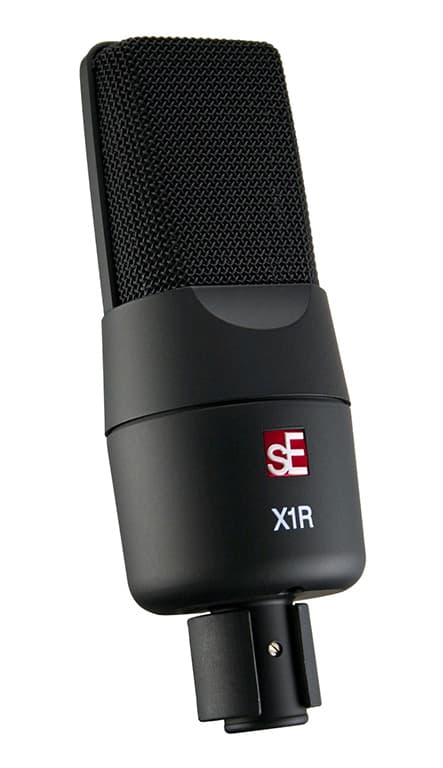


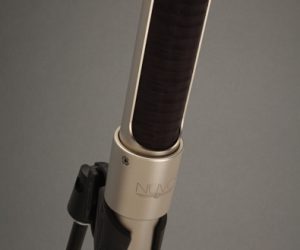
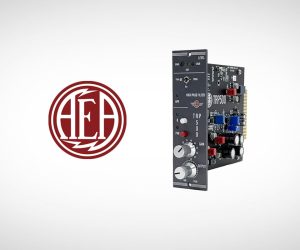



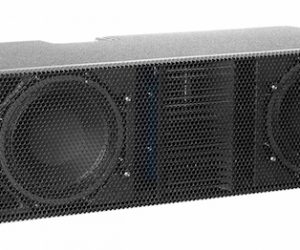
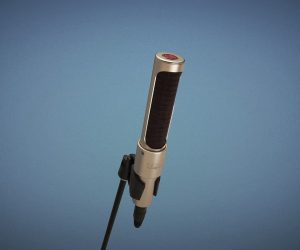
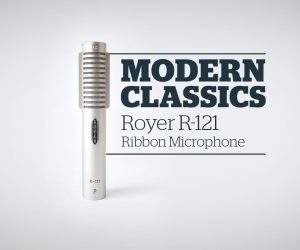
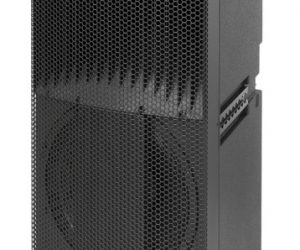





Great review, lots of detail.
I wish you were able to compare it to the audio-technica ribbons because they are comparatively simila. I own and enjoy my AT4081 and I would liketo know how much of a sonic upgrade or down grade this is compared to it. The AT has a strong but useable noise floor but it has a balanced and very natural frequency response across its spectrum. It also handles general wide q EQ well.
I would disagree with you re the Se X1r. It’s so far the best sounding, smoothest ribbon mic I’ve ever had. To me it sounds very well balanced. Discovered just today, that it sounds great on my voice. Perfect mic for bluegrass instruments, especially mandolin and banjo. Then there’s the hot (for a passive ribbon) output. Way more output than any of my other ribbons. Ordered the Rode NTR today, so can’t wait to compare these two mics.
Hi Rob,
How did the Rode NTR compare with the SE X1R?
I know price wise it’s a big jump, but quality?
I’m a Voice Over Talent/Actor and always looking for something new in the mic locker and I’d value your opinion.
Cheers Walt